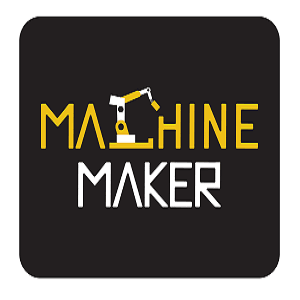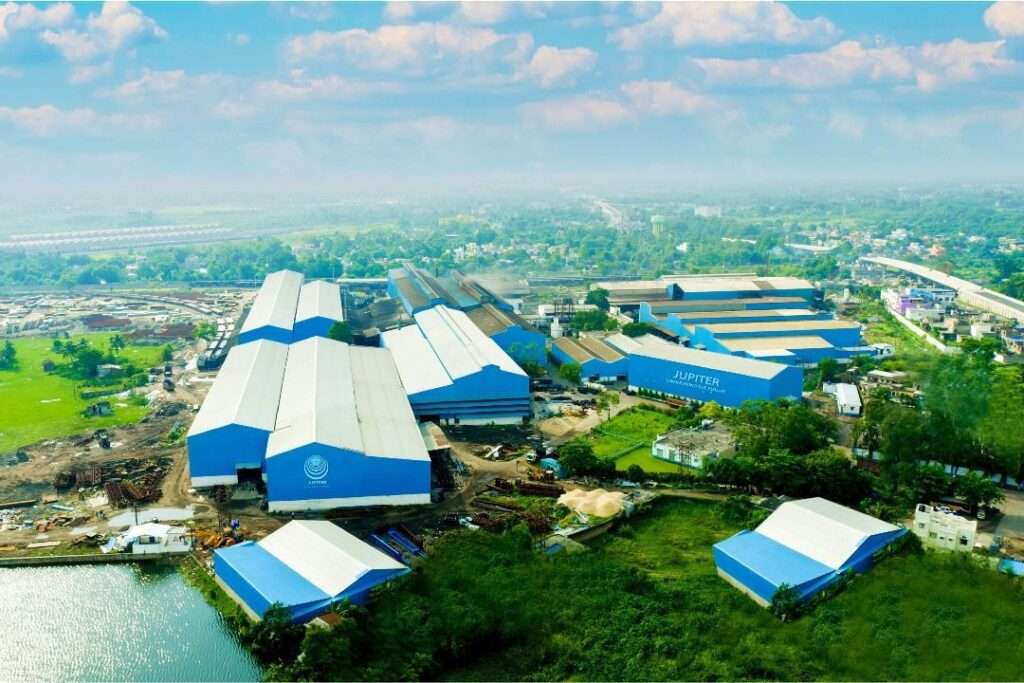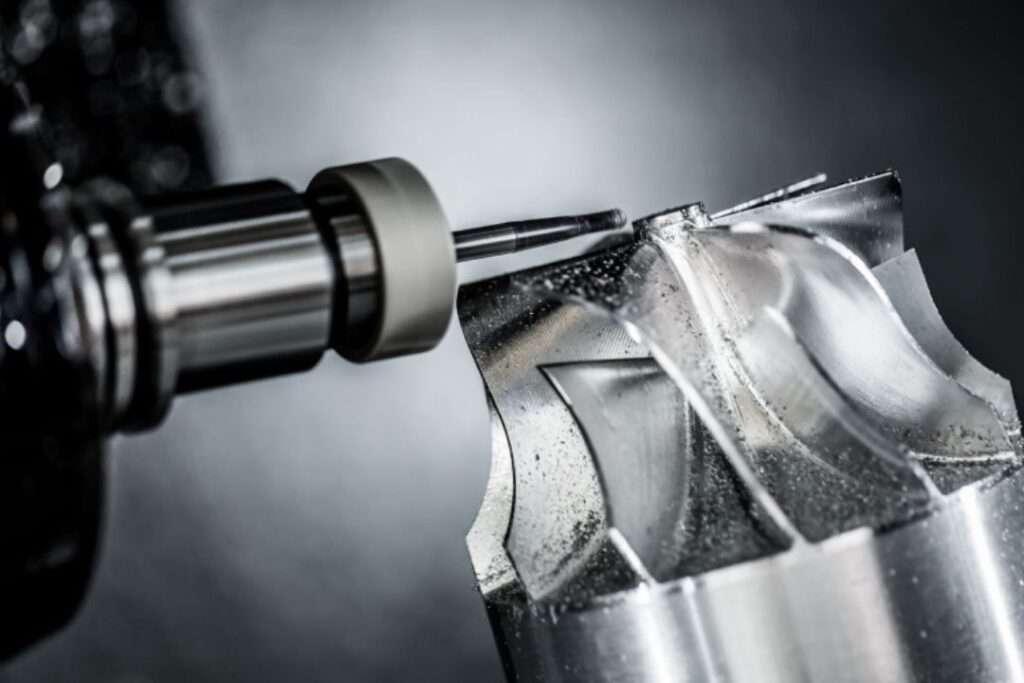Pepperl+Fuchs, the Mannheim-based technology company, has introduced the expanded VisuNet FLX series, designed to provide a flexible solution catering to demanding outdoor environments and applications. The latest addition features a rugged aluminum housing, ensuring durability and optimal performance even in harsh conditions. The VisuNet FLX series is specifically engineered for an extended temperature range from -20 °C to +50 °C, making it suitable for a wide array of industrial applications.
Pepperl+Fuchs, known as one of the key players in industrial sensor technology and explosion protection, has achieved a sales milestone of EUR 790 million in 2021. With a global workforce of 6600 individuals and its headquarter in Mannheim, Germany, the Pepperl+Fuchs Group is serving extensively in the technology industry. In its headquarter, the company has engineers and specialists engaged in cutting-edge research and development, continuously advancing the portfolio of technologies and products.

Founded as a modest family enterprise in 1945, Pepperl+Fuchs has expanded its reach to encompass all continents, with over 40 subsidiaries worldwide. This extensive global presence strategically combines the highest technical standards with cost-effective production facilities, offering a dual advantage. Over the years, Pepperl+Fuchs has evolved into an important partner for automation technology users across the globe, providing an unparalleled and comprehensive selection of proven components tailored to the rigorous demands of manufacturing automation and process automation.
The newly introduced aluminum housing by Pepperl+Fuchs not only serves as a heat sink but also offers resistance to challenging outdoor conditions. Its lightweight design facilitates easy installation through a variety of mounting options, providing versatility for different settings. The robust construction of the housing makes the VisuNet FLX series an ideal choice for industries where reliability and durability are paramount.
One of the standout features of the VisuNet FLX series is its optically bonded display, ensuring perfect readability even in direct sunlight. The series also offers various shading elements that can be selected based on specific requirements, enhancing visibility and usability in diverse conditions. Additionally, the integration of an optional RFID reader simplifies user authentication, contributing to enhanced security in industrial environments.
The VisuNet FLX HMI platform boasts an impressive array of configuration options to meet the diverse needs of users. It is available as a complete HMI system with either aluminum or stainless steel housing. Users can choose between panel mounting or a box PC configuration, with display sizes ranging from 15.6 inches to 21.5 inches (39.6 cm to 54.6 cm). This flexibility allows for customization based on the unique requirements of different applications.
Depending on specific operational needs, the computing unit of the VisuNet FLX series can be configured as a remote monitor, a powerful PC equipped with an i5 processing unit and up to 16 GB of RAM, or as a direct monitor. This adaptability makes the VisuNet FLX series suitable for a wide range of industries and applications, offering high performance and flexibility in a single platform.
For remote monitors, the VisuNet FLX series is equipped with the latest VisuNet RM Shell 6 firmware generation designed for thin client solutions. It operates on Windows® 10 IoT Enterprise LTSC 2021, enabling seamless access to virtualized process control systems and manufacturing execution systems (MES). The firmware supports a variety of remote protocols, including Microsoft RDP and VNC, as well as popular web browsers such as Google Chrome and Microsoft Edge.
To further streamline management and control, the VisuNet Control Center software accompanies the series, allowing centralized management, updates, and control of all RM Shell-based thin client devices. This innovative feature not only enhances efficiency but also eliminates the need for time-consuming tasks such as individual device visits, ultimately saving valuable resources for industrial operations.








